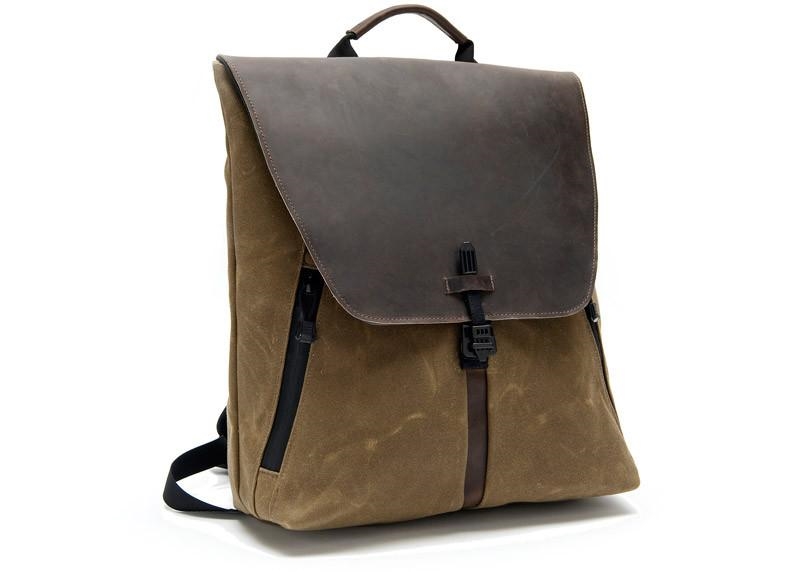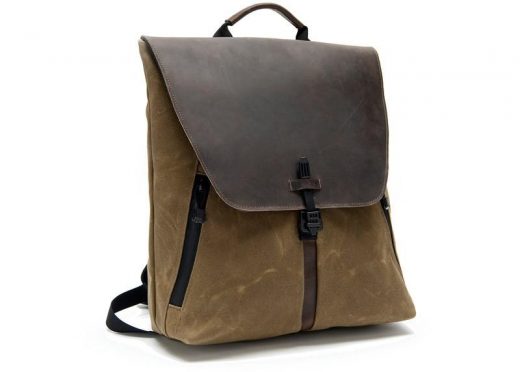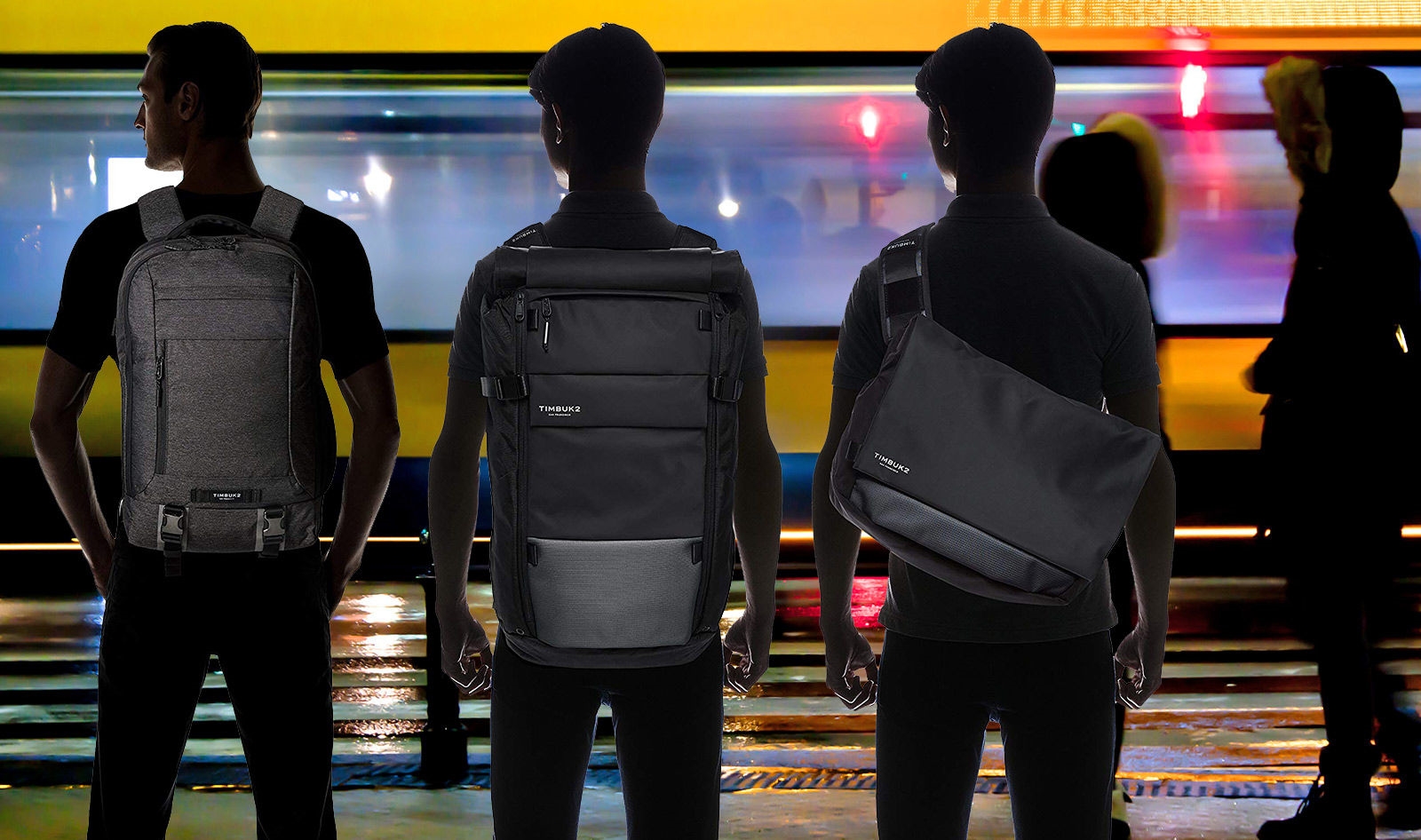How to find the best laptop bag
As with any tech accessory, when it comes to laptop bags, one is largely spoiled for choice: From colored Cordura backpacks and canvas messengers to leather briefcases, there is a plethora of options when it comes to style, size and features. Try to filter through just laptop backpacks and you’ll still need to select a capacity, material, style and color and pick from features like solar power and RFID blocking. But the bag you carry your devices in should be a tool and a resource: essential, vital and yet largely works without your having to think about it or tinker much with it. And, much the same as with shopping for a laptop, in order to find the best bag for your buck, one of the first things to determine is what specs you’re looking for.
Messenger bags are popular for their side-carry style, which makes it easy to quickly access your stuff while walking or cycling. Because the top flap overlays the opening to the bag, they’re also usually waterproof and have features for commuting, but that single shoulder strap isn’t really intended to haul a lot of weight over a long period of time. So if you have back issues or a lot to carry, stick to two straps. Likewise, a lot of briefcases these days have adopted the messenger strap for side carry, and some include a top flap to better protect contents. Totes have easy top access and generally offer a more professional look, especially in leather. However, most of them don’t close, they’re largely feminine in style (a problem for people with masculine tastes) and they’re often only carried on the shoulder like a purse.
Materials
All products recommended by Engadget were selected by our editorial team, independent of our parent company, Oath. If you buy something through one of our links, we may earn an affiliate commission.
What is your budget?
One of the first, and most obvious, details that will guide your decision is price. At a minimum, you should expect to pay $70 to $80 for a solidly constructed bag with a laptop section and some back padding; $150 to $200 will get you significantly more options with regard to styles, colors and additional features like sternum straps and external water bottle pockets. If you’re ready to make an investment, need a particular feature or have a high-end brand in mind, expect to land somewhere in the $250-to-$325 range.
Regardless, the goal should be to spend your funds on something that will suit your needs and last a long time. And while you can get a bag for less than $80, it’s likely to lack the reinforcement stitching or top-tier zipper hardware found on more durable offerings. Anything in the $120–$275 range should land you in the sweet spot: solid materials and a durable build, with a good choice of professional styles and device-specific features.
Bags in this range often go on sale too, particularly if they’re not a flagship style, so sign up for newsletters from bag companies if you’ve got your eye on something that’s just out of your price range. If you’re looking at a bag priced higher than $400 or so, you’re likely looking at a designer collection (Coach, Jack Spade), a premium material (Saddleback leather), or a reputation for quality craftsmanship (Tumi). Not that there’s anything wrong with spending more than $400 on your purchase — Saddleback and Tumi make amazing backpacks and messengers, so if you’ve got the cash, there are worse ways to spend it. It’s just generally unnecessary to spend more than $200 for a laptop bag.
What size and style are you looking for?
The measurements for bag sizes are usually expressed as a liter size. For instance, a classic Jansport backpack (one big pouch, two smaller zippered pouches) has a capacity of 31L, which easily fits a laptop and three to four fat textbooks. Meanwhile, one of my main bags, the Mission Workshop Sanction, has a smaller 20L capacity but can easily get me through both my regular work commute and weekend trips.

For day-to-day use, something in the 20L–40L range will almost certainly do the job. Under 20L and you’re looking at a slimmer profile bag like Waterfield’s Staad Slim Backpack, which is professional in appearance but won’t have a lot of space for anything beyond your essentials; over 40L and you’re either employed as a bike messenger and rocking something like Mission Workshop’s expandable Vandal or you’re drastically overpacking. (Just as every surface has a tendency to get cluttered, every bag ends up filled.)
When it comes to style, your options are largely going to fall into one of five categories: zippered backpack, rolltop backpack, messenger, briefcase or tote.
Though you may find something that feels like a hybrid of two styles, most of what’s out there is going to fall into one of those categories. Zippered backpacks, like InCase’s Icon and the aforementioned Jansport, are probably something you’re familiar with. The advantages of this style are the convenient access to compartments (the farther down the zipper goes, the more “open” the bag becomes), the weight distribution offered by the shoulder straps, and the versatility. To that last point, zippered backpacks can easily be repurposed for a trip to the store or the gym, weekend travel or outdoor adventures. The drawbacks mostly come down to the styling, which skews more casual. The lack of waterproofing is also a potential issue, as zippers can let in moisture.
Rolltop backpacks, like the ones made popular by Chrome and Timbuk2, are also known as barrel bags because of their top-only access. These styles have a top flap that can be rolled and/or buckled to seal the compartment tight, and they’re usually waterproof because of this. That’s one of the advantages of roll tops, along with more formal styles, better features for those who commute on two wheels and the ability to unroll and expand the main compartment. The main drawbacks are that the rolltop access can be onerous for some people to use (especially when what you need has shifted to the bottom of the bag), and the use of Velcro instead of zippers means opening the bag can be pretty loud.
(21)




